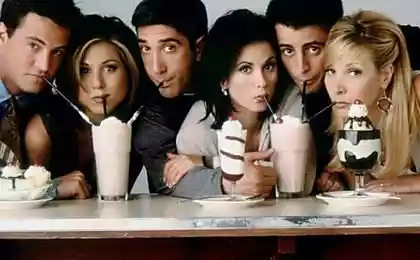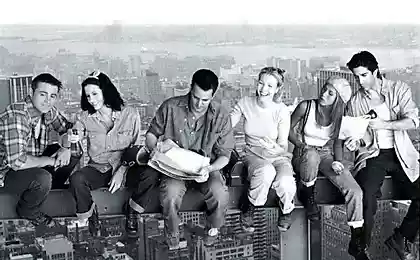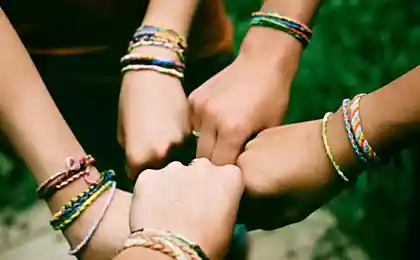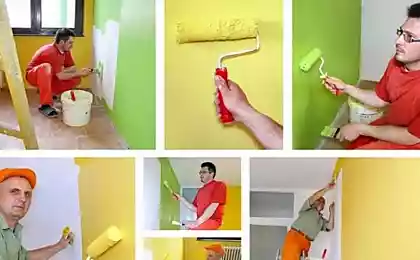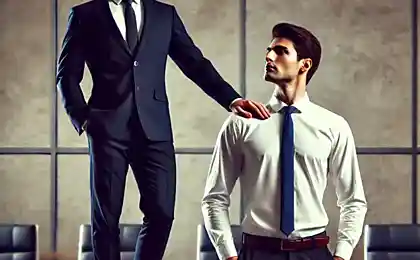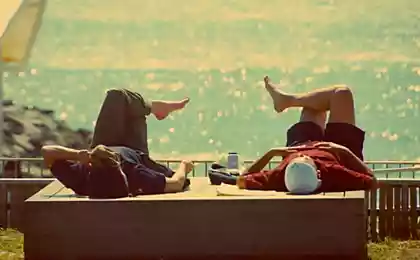623
Brachiopods and their friends fouling
It is a strange creature in the sink - brachiopod Hemitiris (Hemithyris psittacea), a small ancient animal on the leg.
Leg (stalk) emerges from the back of the sink and zhivotinku attaches to the substrate.
In brachiopods sink not like mollusks (they do not all like that of mollusks), it is divided into ventral and dorsal flap (mollusks that does not happen, they left and right), which are joined at the pointed top with the help of a lock of a special device, and it works so that the shell can be slightly opened only a little, if it a little "help", then everything breaks down.
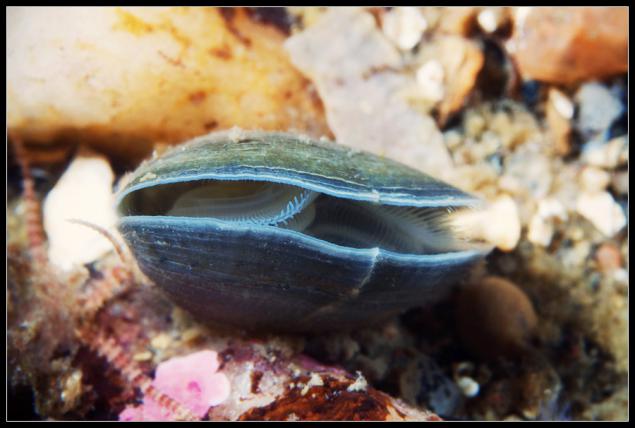
In the back of the sink sitting animal itself, or rather its body.
The largest part of brachiopods - two hands, neatly coiled (peyote).
With an average size of 2-3 cm animal, arms have a length of 8-10 cm, they occupy substantially the entire space inside the shell. In the hands-lophophore sit many tentacles (up to 3000), covered with ciliated epithelium.
They create a constant flow of water in the direction of the mouth, which is located between the bases hands.
Their main food - is the smallest plankton, both vegetable and animal origin.
Gut blindly closed, so everything goes back undigested through the mouth.
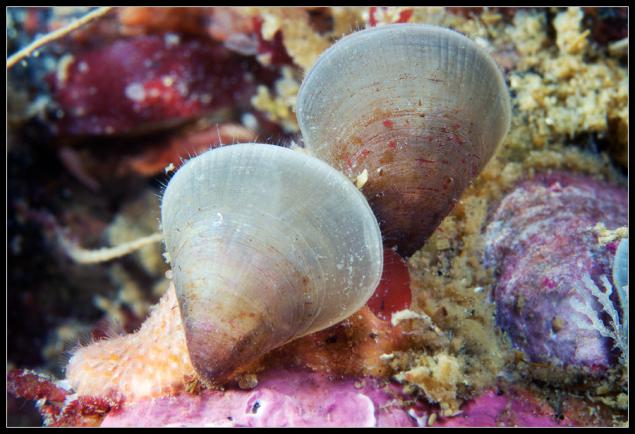
Brachiopods - very old guys.
Modern species are about 280, and minerals - as much as 30 thousand. There were 40-centimeter brachiopods.
The most amazing thing is that during this period their structure has changed too much, then there is a living fossil, a kind of marine dinosaur in the sink.
By the way, precisely because of the rigid shells brachiopods are the most important animals in paleontology - they determine the geological age of the remains of formations, the then condition of the environment and many other things.
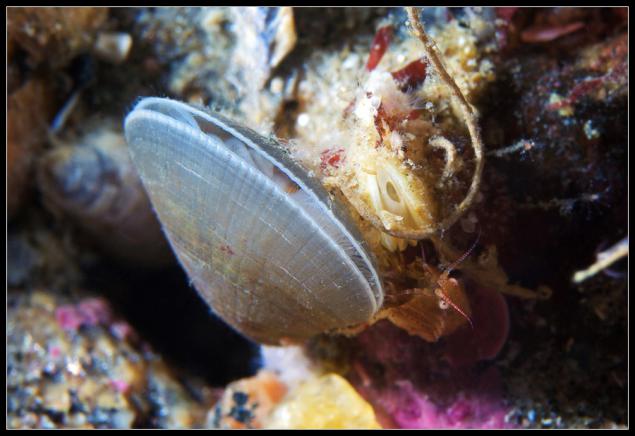
The elderly brahiopodina tunic with a roof.
True strange things?)

And that their friends - fouling.
Fouling - it's something alive that settles any submerged surface is attached and begins to grow and be hindered.
A lot of different organisms is included in this group: it bivalves and hydroids and barnacles, bryozoans, sponges and of course a variety of algae.
For these guys fouling the entire row is the norm: Moving in new undeveloped surfaces - this is a very logical and convenient, and generally there is no competition (at first).
But for people fouling are bitter enemies, with whom we should fight all the forces that are trying to do ever since the appearance of the first boats.

The main trouble is that fouling critically increase the surface area on which settle, and this increases the friction, which critically affects the speed of the ship (30% of the fuel consumed anywhere on the entire world fleet of billions of dollars a year), any sticking in the midst of the sea plants - windmills, bridges on piles, oil platforms, the state Sealand - they are all at risk of being washed away a good storm, as calculated in the construction of the resistance worries me is not the best.

That's brand new rope accumulates in our White just a month or two. Generally, the weight of fouling per square meter can reach 20kg and more.
While some large ship at anchor, and it can last from several hours to several months, its anchor chain settles absolutely incredible number of mussels and other animals settling.
There was even some experimental, count on this subject, so there is at anchor chain length of 50 m for a very short period of time rose more than 3 tons of all living creatures ("this is how much food!" - Ed.).
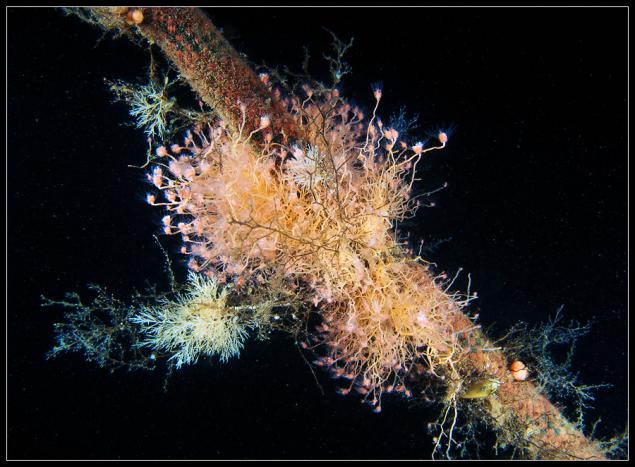
Another point of hazard - the impossibility of maintenance and troubleshooting.
So you're a diver, you climb into the water to look, where proceeds your nuclear icebreaker, and see only heaps of barnacle, barnacles and all kinds of sea vegetation, well, nothing left but to report his superiors: "The gap somewhere between ducks and barnacles, sir. " The ship can be repaired and on the beach, but with stationary structures worse.
In general, the monetary damage of fouling at the moment is more than $ 50 billion a year, cool, right?)

But! Forget about the dangers and see what is it like to the fouling. In fact, it turns out that some ecosystems that live their lives, there generations pass, their predators appear, there is a constant competition for a place.
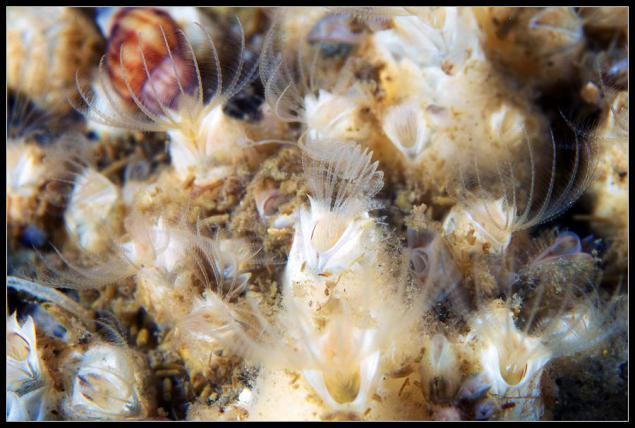
Such microbiocenoses become permanent residence a variety of animals, both attached and attached eating:
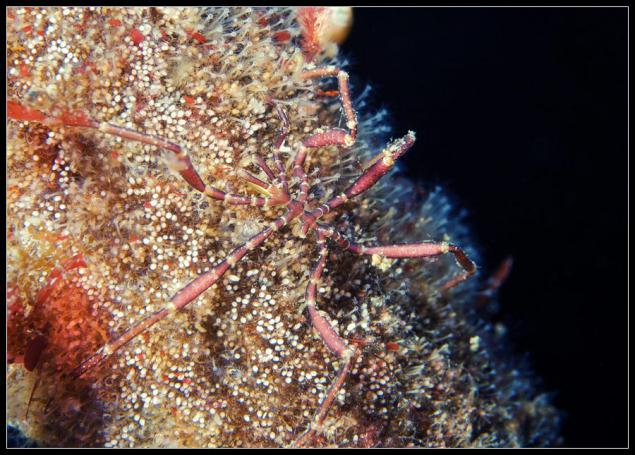
In the dense bush hydroids settle amphipods and sea goat, this approach diskach sea spiders, catching up polychaete and lifeless leather shoes that someone recently threw in the sea, it is home to dozens of all organisms.
What is really there to talk about the submerged parts of the piers and any other man-made underwater surfaces.

Speaking of goats. Fouling they are not, but because of their abundance also considerably interfere.

Acquires all everything, even themselves fouling. Here, for example, red seaweed overgrown tiny diatoms and the microscopic forest immediately came running small crustaceans, copepods, and soon will come here more animals to eat it all. And so it happens.
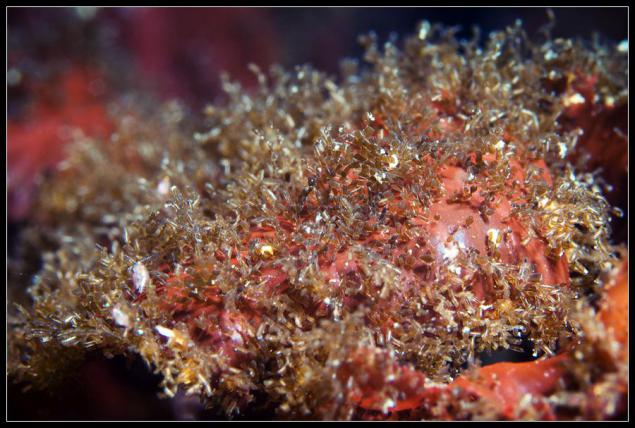
Even in colonial hydroids have their fouling, over here on the tiny ciliate thick legs sitting on Eudendrione and other hydroids, then, the truth, all the time somewhere to disappear.
With fouling struggling for more than a century.
The most primitive and effective way - to clean off mechanically, large scraper on a stick, is still in vogue. Our station ships in one season tightly covered by barnacles below the waterline, and when they roll out the winter on the shore, the whole team all day scrapes the joy of the body.
In today's world with fouling struggling chemistry, ships paint paints poison that is released continuously and kills the larvae still settling on the approach.
It works, but the environmentalists are howling - all dies on the approach, and not only the larvae, and of poison is released into the water in some quantity is not useful, especially when the ship is in port.
Therefore, trying to make repellent, repellent larvae, but not to kill them. But this is not really working) In short, the sea itself is living a normal life, and people with this normal life trying to fight, as usual))
via shilovpope
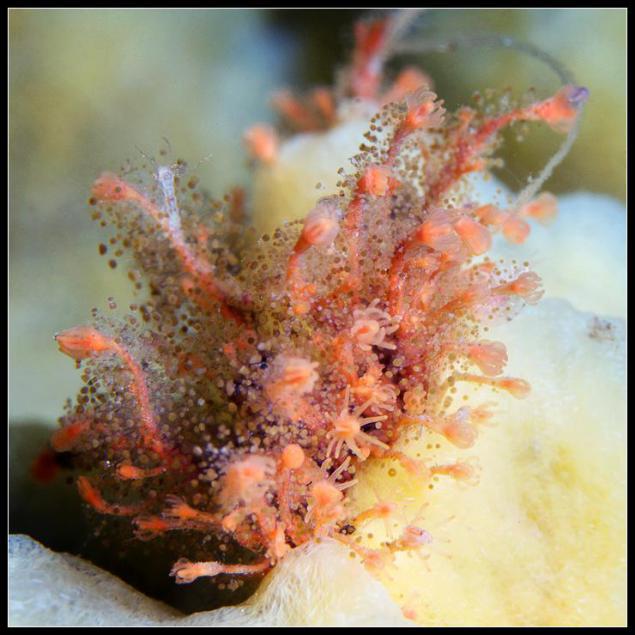
Source:
Leg (stalk) emerges from the back of the sink and zhivotinku attaches to the substrate.
In brachiopods sink not like mollusks (they do not all like that of mollusks), it is divided into ventral and dorsal flap (mollusks that does not happen, they left and right), which are joined at the pointed top with the help of a lock of a special device, and it works so that the shell can be slightly opened only a little, if it a little "help", then everything breaks down.

In the back of the sink sitting animal itself, or rather its body.
The largest part of brachiopods - two hands, neatly coiled (peyote).
With an average size of 2-3 cm animal, arms have a length of 8-10 cm, they occupy substantially the entire space inside the shell. In the hands-lophophore sit many tentacles (up to 3000), covered with ciliated epithelium.
They create a constant flow of water in the direction of the mouth, which is located between the bases hands.
Their main food - is the smallest plankton, both vegetable and animal origin.
Gut blindly closed, so everything goes back undigested through the mouth.

Brachiopods - very old guys.
Modern species are about 280, and minerals - as much as 30 thousand. There were 40-centimeter brachiopods.
The most amazing thing is that during this period their structure has changed too much, then there is a living fossil, a kind of marine dinosaur in the sink.
By the way, precisely because of the rigid shells brachiopods are the most important animals in paleontology - they determine the geological age of the remains of formations, the then condition of the environment and many other things.

The elderly brahiopodina tunic with a roof.
True strange things?)

And that their friends - fouling.
Fouling - it's something alive that settles any submerged surface is attached and begins to grow and be hindered.
A lot of different organisms is included in this group: it bivalves and hydroids and barnacles, bryozoans, sponges and of course a variety of algae.
For these guys fouling the entire row is the norm: Moving in new undeveloped surfaces - this is a very logical and convenient, and generally there is no competition (at first).
But for people fouling are bitter enemies, with whom we should fight all the forces that are trying to do ever since the appearance of the first boats.

The main trouble is that fouling critically increase the surface area on which settle, and this increases the friction, which critically affects the speed of the ship (30% of the fuel consumed anywhere on the entire world fleet of billions of dollars a year), any sticking in the midst of the sea plants - windmills, bridges on piles, oil platforms, the state Sealand - they are all at risk of being washed away a good storm, as calculated in the construction of the resistance worries me is not the best.

That's brand new rope accumulates in our White just a month or two. Generally, the weight of fouling per square meter can reach 20kg and more.
While some large ship at anchor, and it can last from several hours to several months, its anchor chain settles absolutely incredible number of mussels and other animals settling.
There was even some experimental, count on this subject, so there is at anchor chain length of 50 m for a very short period of time rose more than 3 tons of all living creatures ("this is how much food!" - Ed.).

Another point of hazard - the impossibility of maintenance and troubleshooting.
So you're a diver, you climb into the water to look, where proceeds your nuclear icebreaker, and see only heaps of barnacle, barnacles and all kinds of sea vegetation, well, nothing left but to report his superiors: "The gap somewhere between ducks and barnacles, sir. " The ship can be repaired and on the beach, but with stationary structures worse.
In general, the monetary damage of fouling at the moment is more than $ 50 billion a year, cool, right?)

But! Forget about the dangers and see what is it like to the fouling. In fact, it turns out that some ecosystems that live their lives, there generations pass, their predators appear, there is a constant competition for a place.

Such microbiocenoses become permanent residence a variety of animals, both attached and attached eating:

In the dense bush hydroids settle amphipods and sea goat, this approach diskach sea spiders, catching up polychaete and lifeless leather shoes that someone recently threw in the sea, it is home to dozens of all organisms.
What is really there to talk about the submerged parts of the piers and any other man-made underwater surfaces.

Speaking of goats. Fouling they are not, but because of their abundance also considerably interfere.

Acquires all everything, even themselves fouling. Here, for example, red seaweed overgrown tiny diatoms and the microscopic forest immediately came running small crustaceans, copepods, and soon will come here more animals to eat it all. And so it happens.

Even in colonial hydroids have their fouling, over here on the tiny ciliate thick legs sitting on Eudendrione and other hydroids, then, the truth, all the time somewhere to disappear.
With fouling struggling for more than a century.
The most primitive and effective way - to clean off mechanically, large scraper on a stick, is still in vogue. Our station ships in one season tightly covered by barnacles below the waterline, and when they roll out the winter on the shore, the whole team all day scrapes the joy of the body.
In today's world with fouling struggling chemistry, ships paint paints poison that is released continuously and kills the larvae still settling on the approach.
It works, but the environmentalists are howling - all dies on the approach, and not only the larvae, and of poison is released into the water in some quantity is not useful, especially when the ship is in port.
Therefore, trying to make repellent, repellent larvae, but not to kill them. But this is not really working) In short, the sea itself is living a normal life, and people with this normal life trying to fight, as usual))
via shilovpope

Source:

